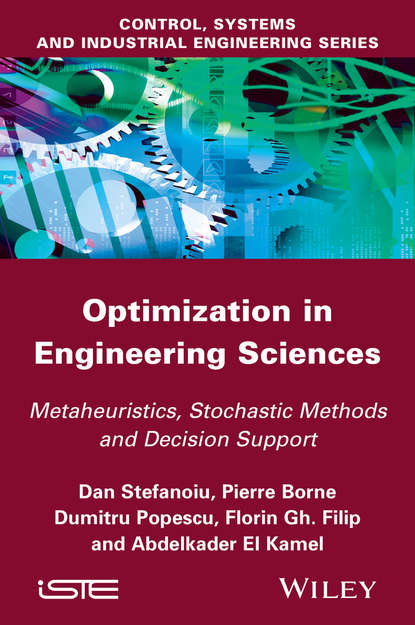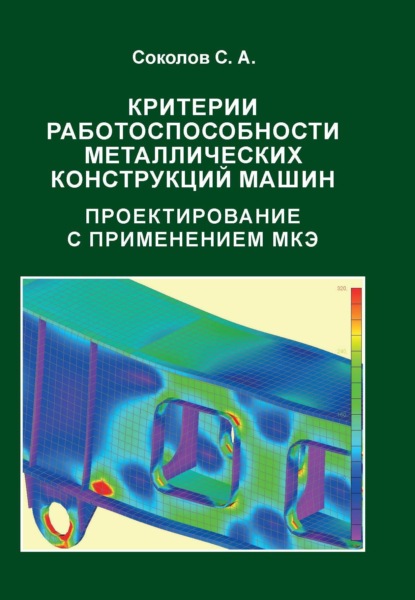Книга "Проектирование систем сотрудничества человека и машины" посвящена эргономике систем сотрудничества человека и машины. Она предназначена для инженеров, специализирующихся в области информатики, автоматизации, производства или робототехники, которые сталкиваются с значительной дилеммой во время создания систем сотрудничества человека и машины. С одной стороны, человеческий оператор гарантирует надежность системы и способен спасать многие критические ситуации благодаря способности мыслить в неожиданных, неточных и неопределенных ситуациях. С другой стороны, человеческий оператор может быть непредсказуемым и создавать помехи в автоматизированной системе.
Первая часть книги посвящена методам дизайна, ориентированным на человека, из трех разных точек зрения. Различные главы фокусируются на моделях, разработанных человеческими инженерами и функциональных моделях, чтобы объяснить человеческое поведение в их окружении, моделях когнитивной психологии и моделях в области вождения автомобилей. Вторая часть разрабатывает методы оценки систем сотрудничества человека и машины, рассматривая оценку деятельности человеческого оператора на работе и методы анализа человеческих ошибок. Наконец, третья часть посвящена сотрудничеству человека и машины, где авторы показывают, что кооперативный агент включает знания и так называемые знания о том, как сотрудничать, и показывают путь к проектированию и оценке этого сотрудничества в реальных промышленных контекстах.
This volume, concerned with the ergonomicsof human-machine systems, aims at specialists incomputer -aided, automated or robotic manufacturing to reduce the dilemma they confront in designing such systems.The key idea stressed is that the human operators ensure the safety of the machines, although this may involve them making quick judgement calls based on their innate qualities of reasoning in circumscribed, approximate and uncertain environments.On the other side of the coin, humans can make unpredictable decisions which may divert and disrupt the operation of the automated systems.Part I explores the modelling standardised for human-centred designfrom three perspectives, after covering various chapters about models engineered by humans, cognitive models, and even psychological models rarely applied to car driving. In Part II, we focus on how the evaluation methodologies for a human-machine system are concocted and addressed as the complex activity of a working human being and with authors’methods of evaluating the possible occurrences of the individual humans’actions. As the third and final portion of the divides, it is dedicated towards a collaborative relationships wherein the specialists display the necessary efficiency and vocation to cooperate; it also details how those collective agreements might be built and tested in accurate, practical frameworks.
Электронная Книга «Designing Human-machine Cooperation Systems» написана автором Группа авторов в году.
Минимальный возраст читателя: 0
Язык: Английский
ISBN: 9781118984369
Описание книги от Группа авторов
This book, on the ergonomics of human−machine systems, is aimed at engineers specializing in informatics, automation, production or robotics, who are faced with a significant dilemma during the conception of human−machine systems. On the one hand, the human operator guarantees the reliability of the system and has been known to salvage numerous critical situations through an ability to reason in unplanned, imprecise and uncertain situations; on the other hand, the human operator can be unpredictable and create disturbances in the automated system. The first part of the book is dedicated to the methods of human-centered design, from three different points of view, the various chapters focusing on models developed by human engineers and functional models to explain human behavior in their environment, models of cognitive psychology and models in the domain of automobile driving. Part 2 develops the methods of evaluation of the human−machine systems, looking at the evaluation of the activity of the human operator at work and human error analysis methods. Finally, Part 3 is dedicated to human−machine cooperation, where the authors show that a cooperative agent comprises a know-how and a so-called know-how-to-cooperate and show the way to design and evaluate that cooperation in real industrial contexts.



















